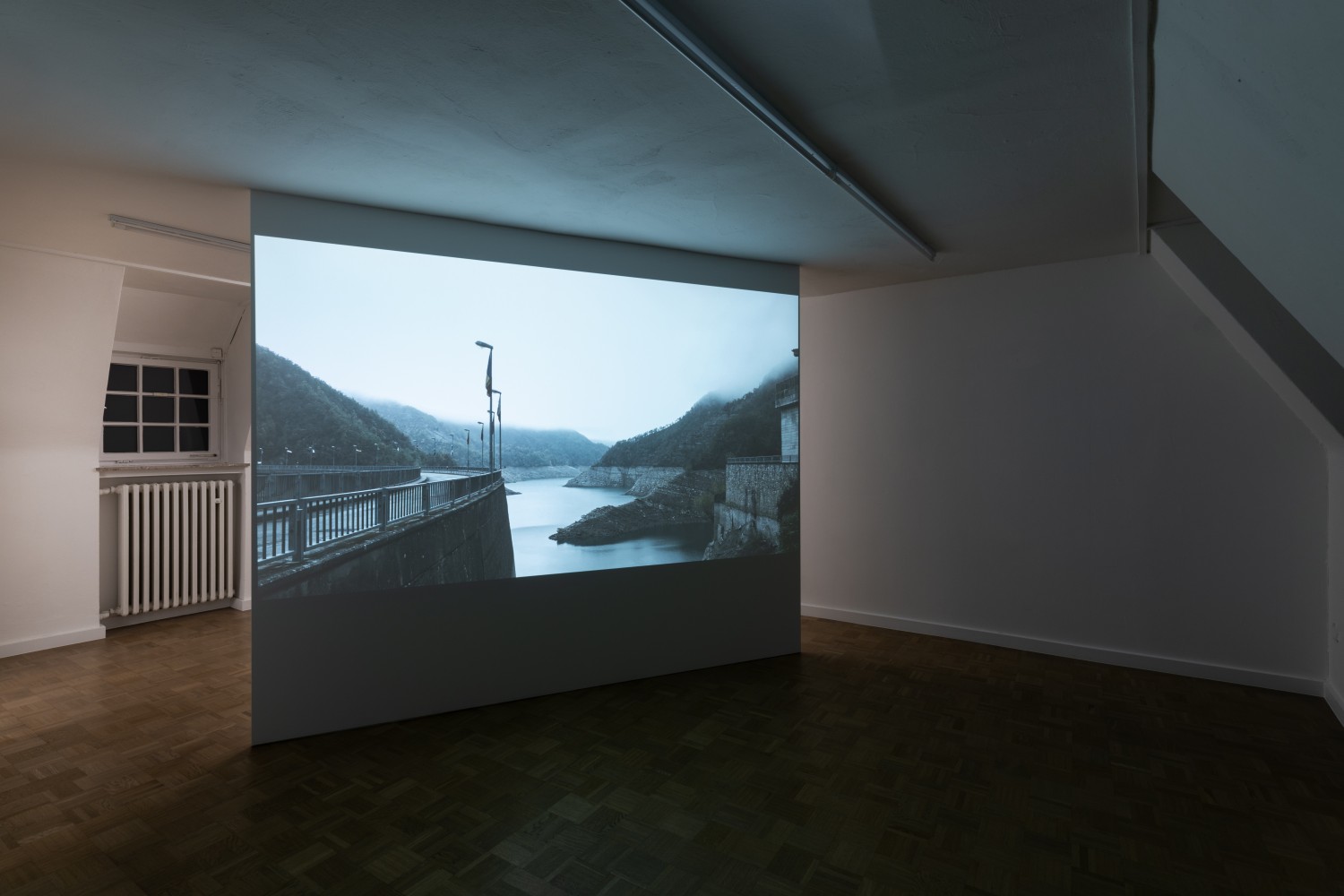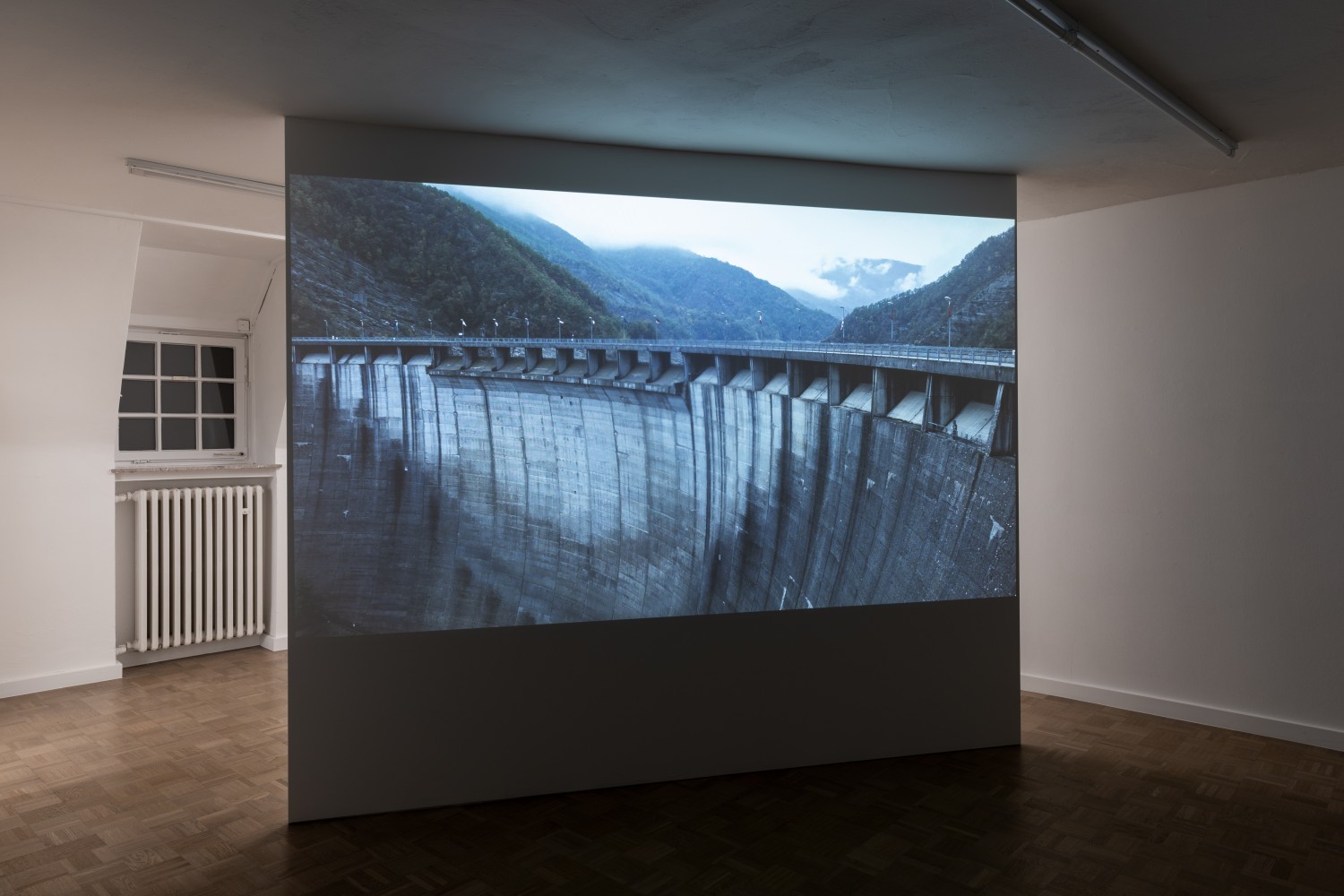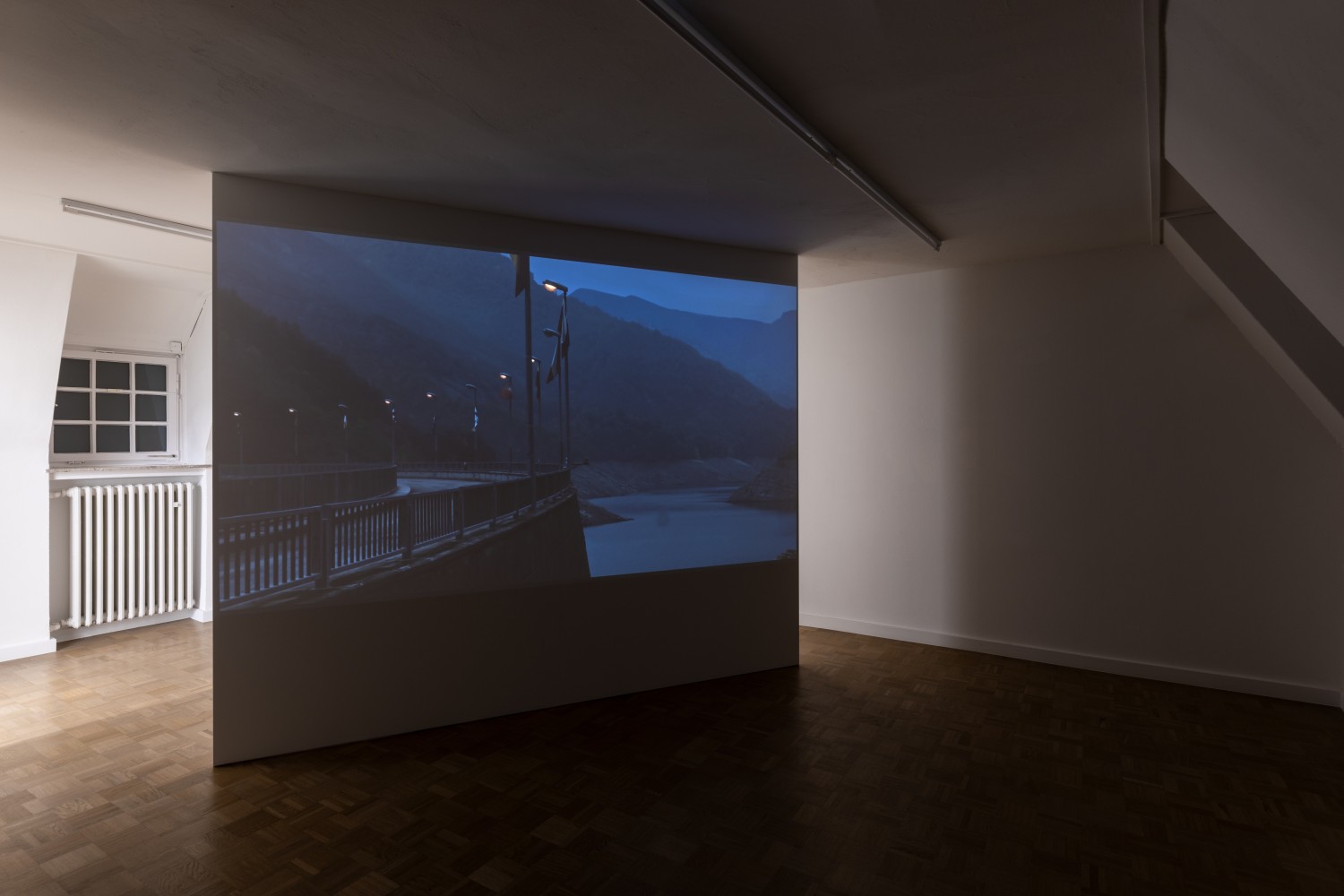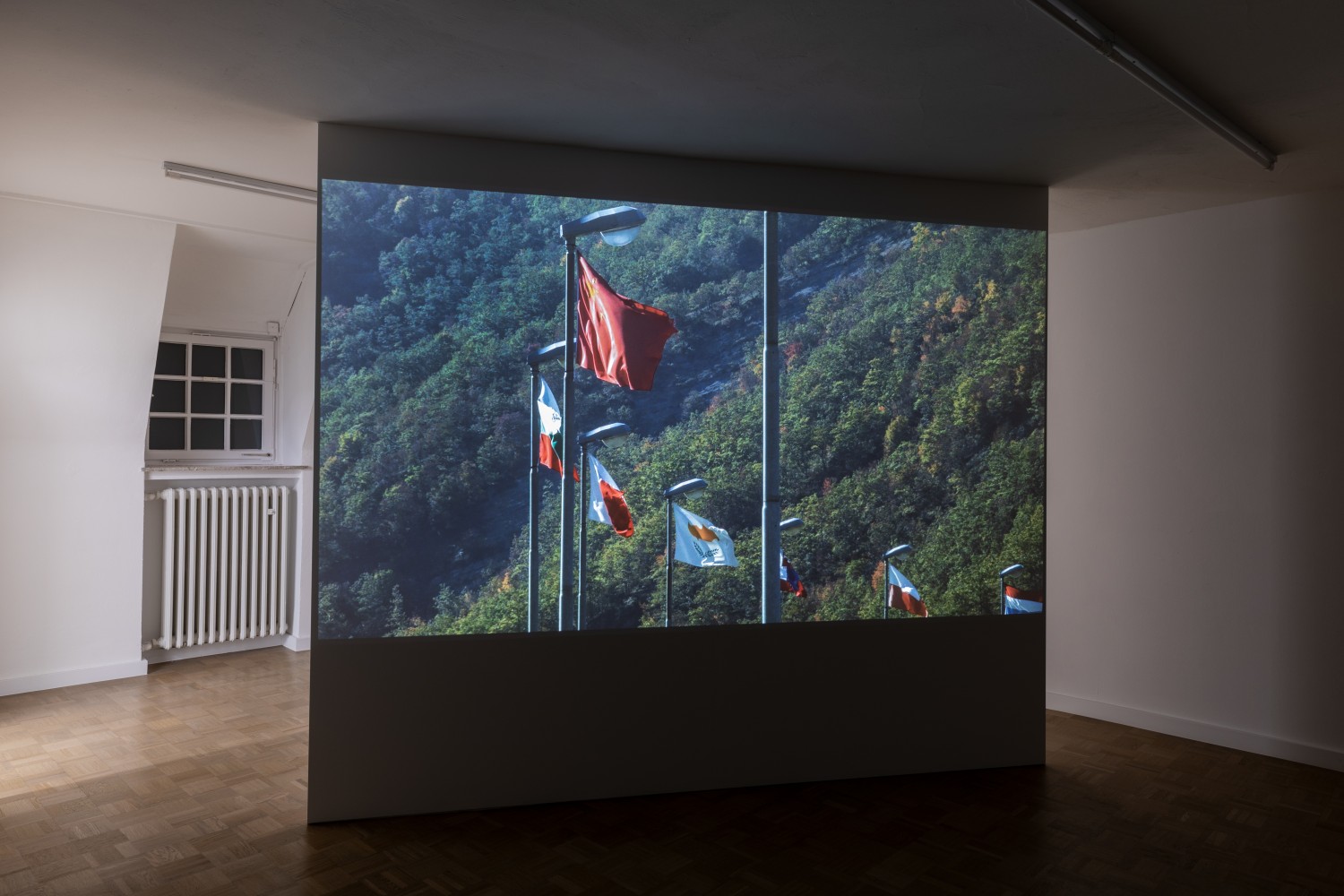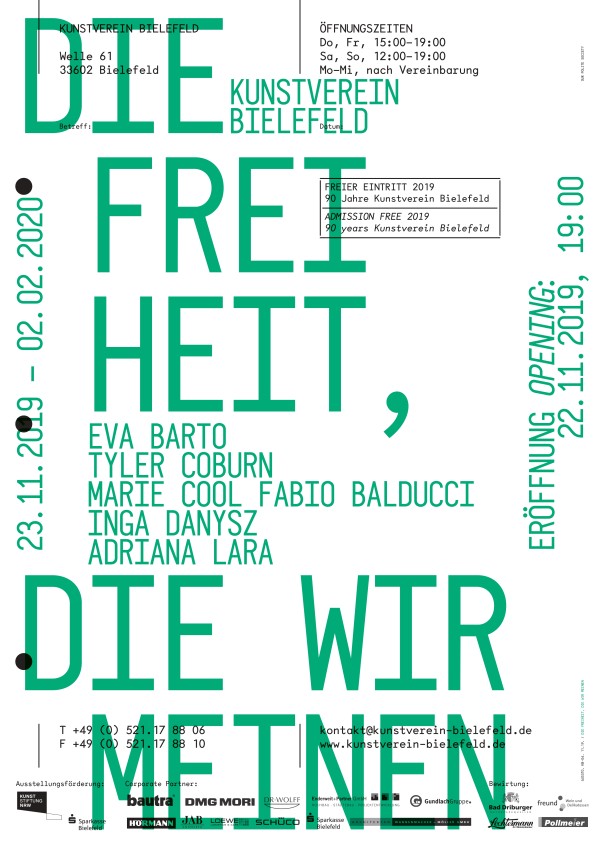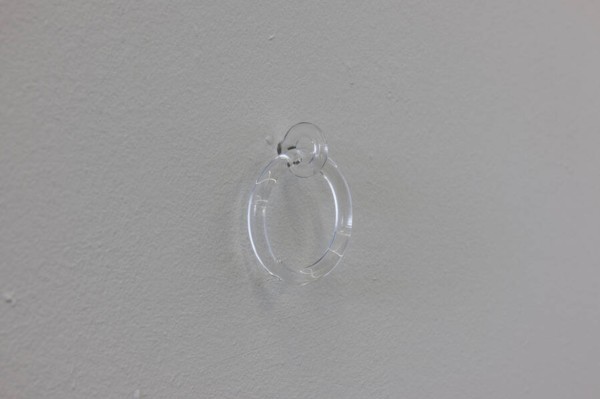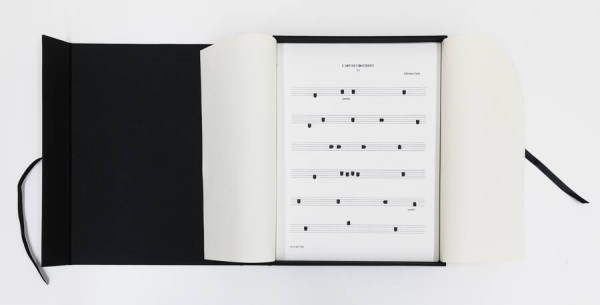The Kunstverein Bielefeld is delighted to present Die Freiheit, die wir meinen (What we mean by freedom), featuring Eva Barto (b. 1987, Nantes, France, lives and works in Paris, France), Tyler Coburn (b. 1983 in New York, USA, lives and works in New York, USA), Marie Cool Fabio Balducci (b. 1961 Valenciennes, France, and 1964 in Ostra, Italy, live and work in Paris, France, and Pergola, Italy), Inga Danysz (b. 1990 in Warsaw, Poland, lives and works in Frankfurt am Main) and Adriana Lara (b. 1978 in Mexico City, Mexico, lives and works in Mexico). The show focuses on freedom and what underlies our contemporary conceptions of the idea.
Since the beginning of modernity, the idea of the aesthetic has been linked to libertarian ideals of a free and happy life. This has its origin in the demand for autonomy and self-determination, which was triggered in the nineteenth century by the critique of forms of life in the early industrial society. Although efforts toward freedom and individual self-actualization were first limited to artistic and intellectual circles, the 1968 protest movement saw a more widespread diffusion of aesthetic critique within society. But today’s social critique faces a fundamentally changed situation. The demand for freedom, autonomy and creativity now goes hand in hand with an imperative of exploitation. Self-determined, creative action has become the basis of a new philosophy of life and work, and thus of a model of value creation in which competence is measured according to individual characteristics and performative capacities. But if artistic processes are subordinated to the productivity of social reproduction, can the aesthetic still be seen as a force of cultural contestation? What does it mean today to regard art as belonging to the party of critique and emancipation? What do changing ideas of freedom mean for contemporary artistic production?
KUNSTVEREIN BIELEFELD
Welle 61
33602 Bielefeld
Thu - So 12:00 – 18:00
Mo-Wed, by appointment
Closed on public holidays
Closed on easter 18.04.2025 - 21.04.2025
T +49 (0) 521.17 88 06
F +49 (0) 521.17 88 10
kontakt@kunstverein-bielefeld.de
Press information
Events:
-
22.11.2019, 19:00
OPENING - DIE FREIHEIT, DIE WIR MEINEN (What we mean by freedom)
-
23.11.2019, 17:00
EXHIBITION CONVERSATION
with Tyler Coburn, Marie Cool Fabio Balducci,
Inga Danysz and Adriana Lara
(in English language) -
23.11.2019, 20:00
PAZMAKER
by RED SOCIAL
An event in cooperation with Artists Unlimited
Ort: August-Schroeder-Str. 1
33602 Bielefeld -
24.11.2019, 17:00
EXHIBITION TOUR
through the exhibition DIE FREIHEIT, DIE WIR MEINEN with Nadine Droste
-
07.12.2019, 10:00
CHILDREN’S ACTIVITY
Workshop with Klaus Braun
10:00–15:00
Contribution: €15 -
13.01.2020, 18:00
The Freedom of Art
CONVERSATION between Prof. Dr. Juliane Rebentisch (Philosophy and Aesthetics, HfG Offenbach) and Nadine Droste
-
19.01.2020, 17:00
PUBLIC SHORT LECTURES
by students of Art History / Historical Image Studies
of the University of Bielefeld
In context of the exhibition DIE FREIHEIT, DIE WIR MEINEN (WHAT WE MEAN BY FREEDOM) -
25.01.2020, 10:00
CHILDREN’S ACTIVITY
Workshop with Klaus Braun
10:00–15:00
Contribution: 15 € -
02.02.2020, 17:00
EXHIBITION TOUR
through the exhibition DIE FREIHEIT, DIE WIR MEINEN with Nadine Droste
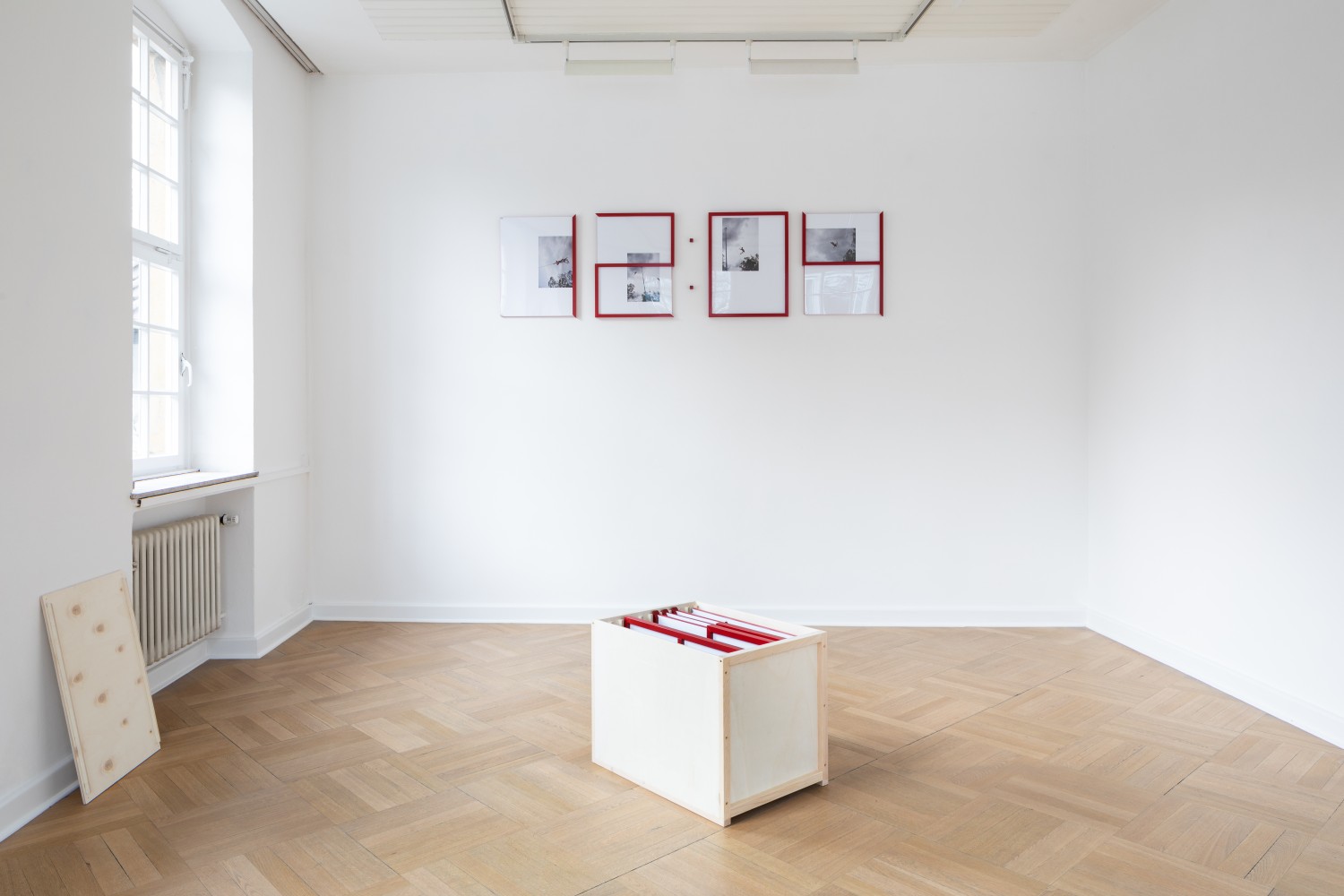
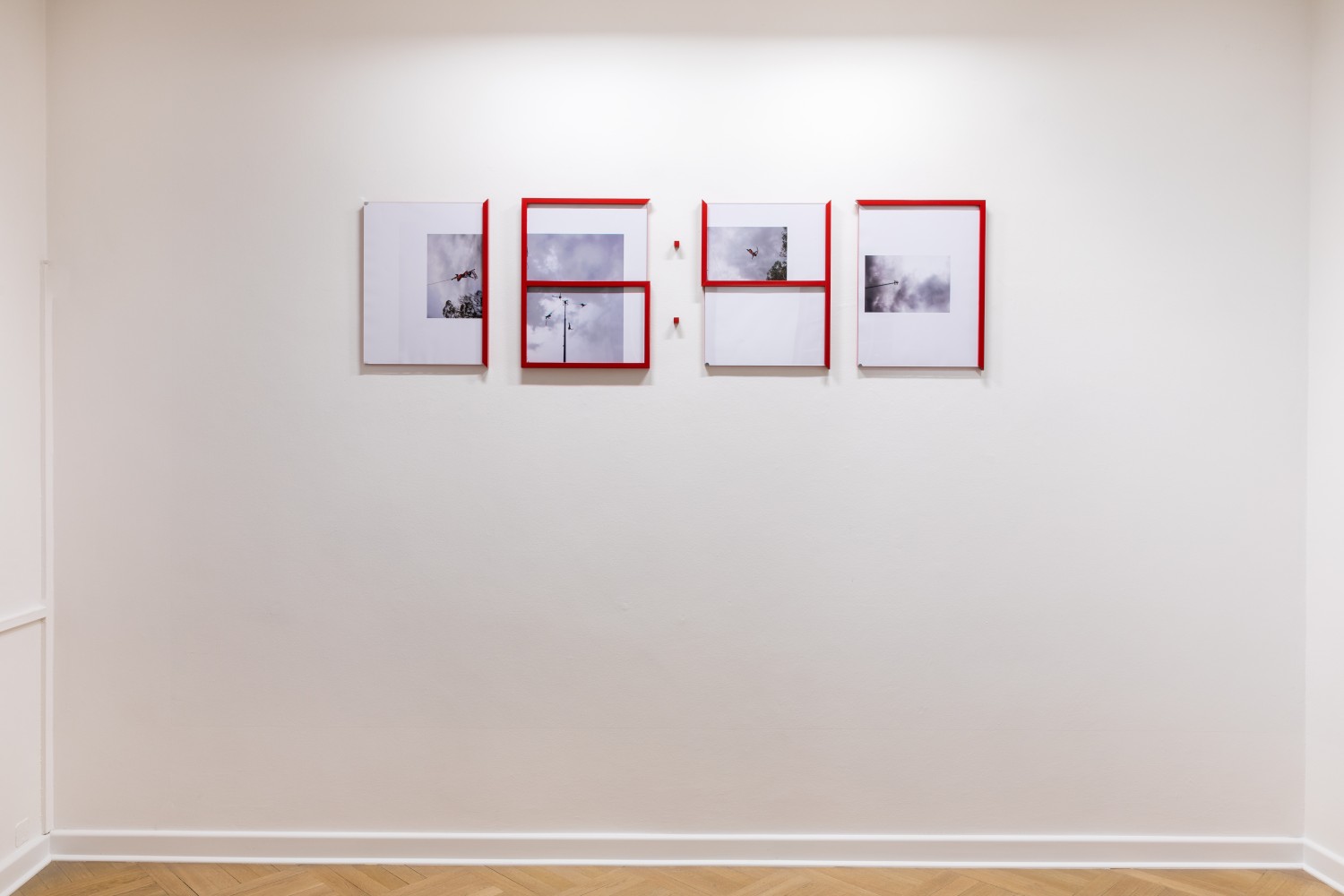

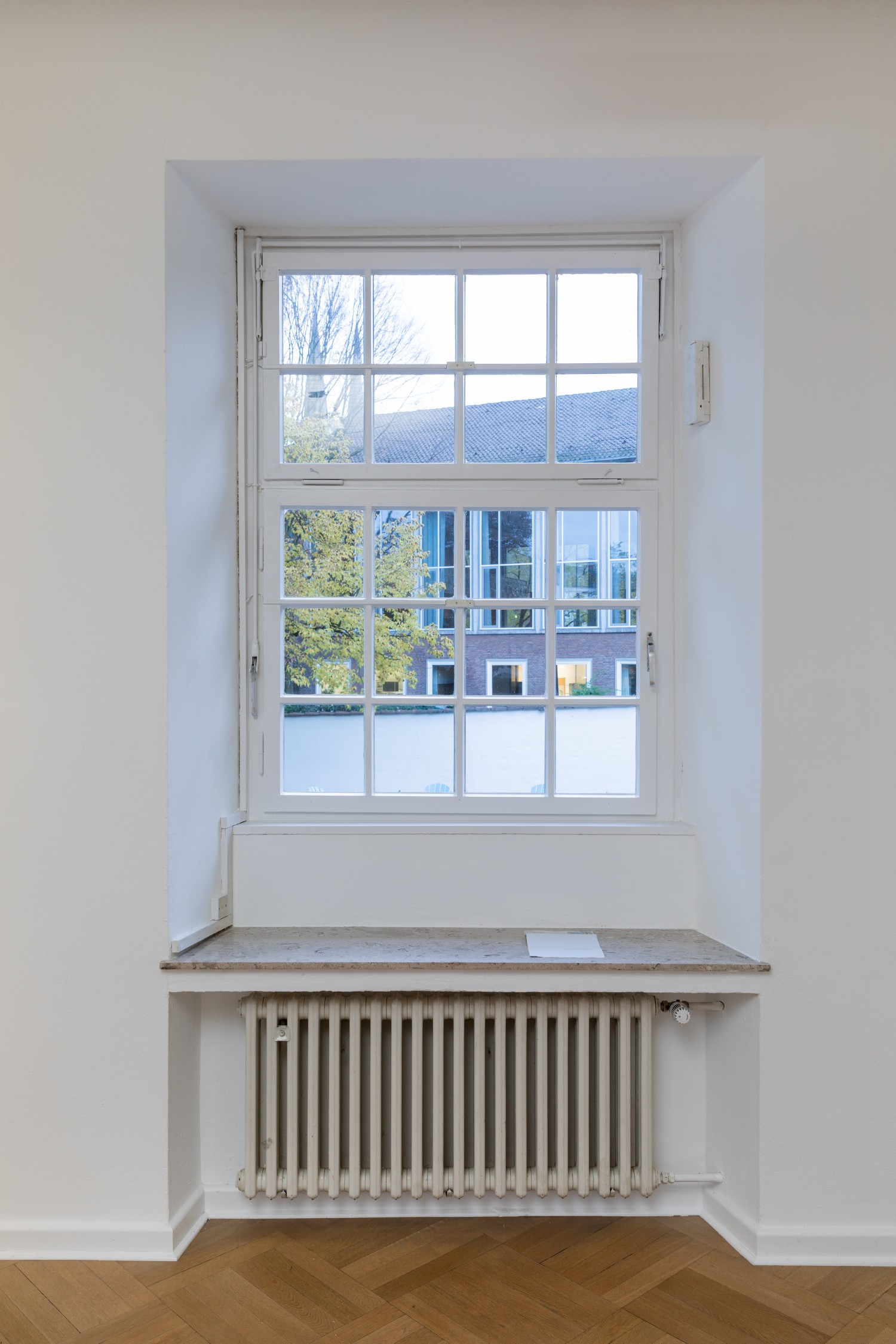
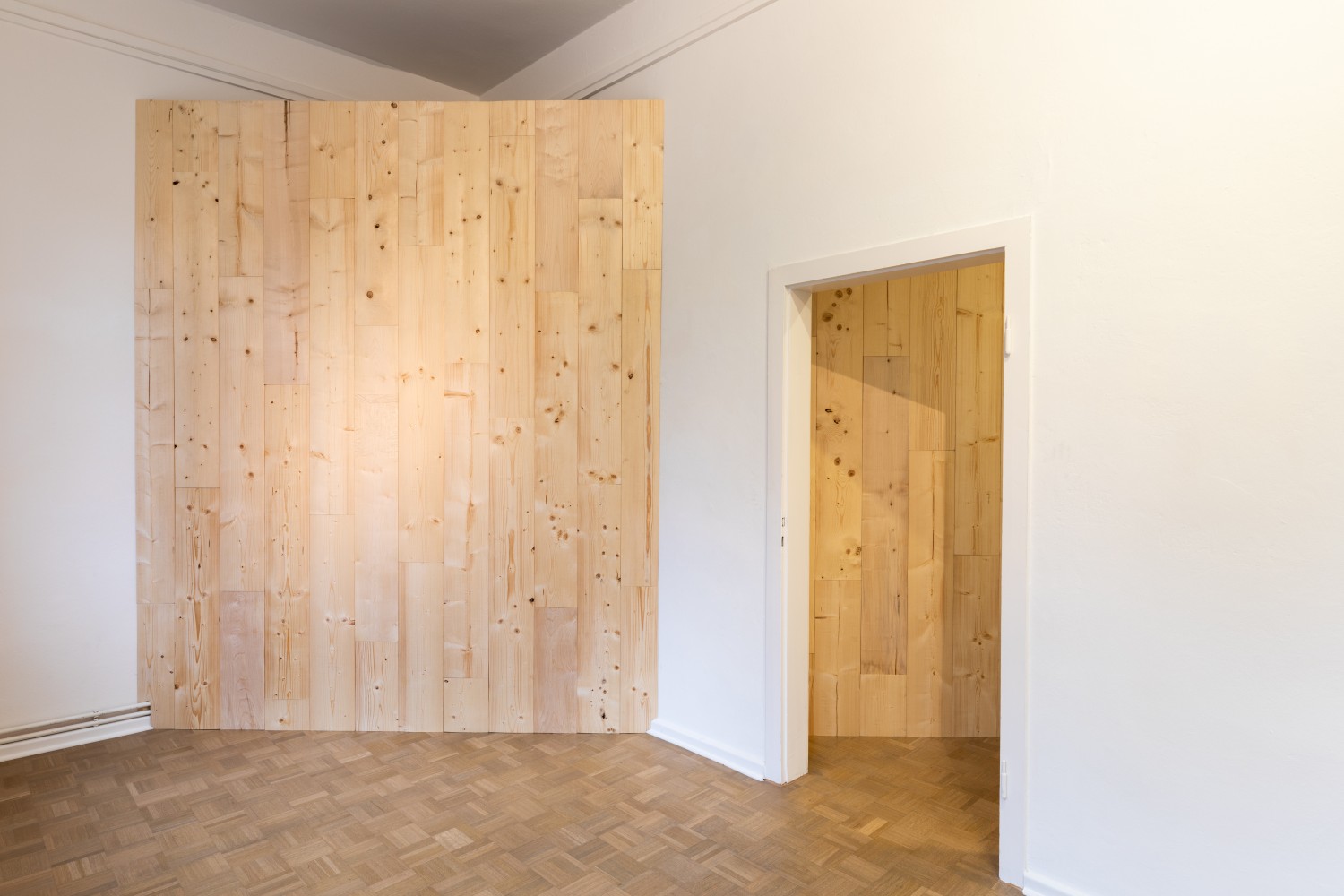
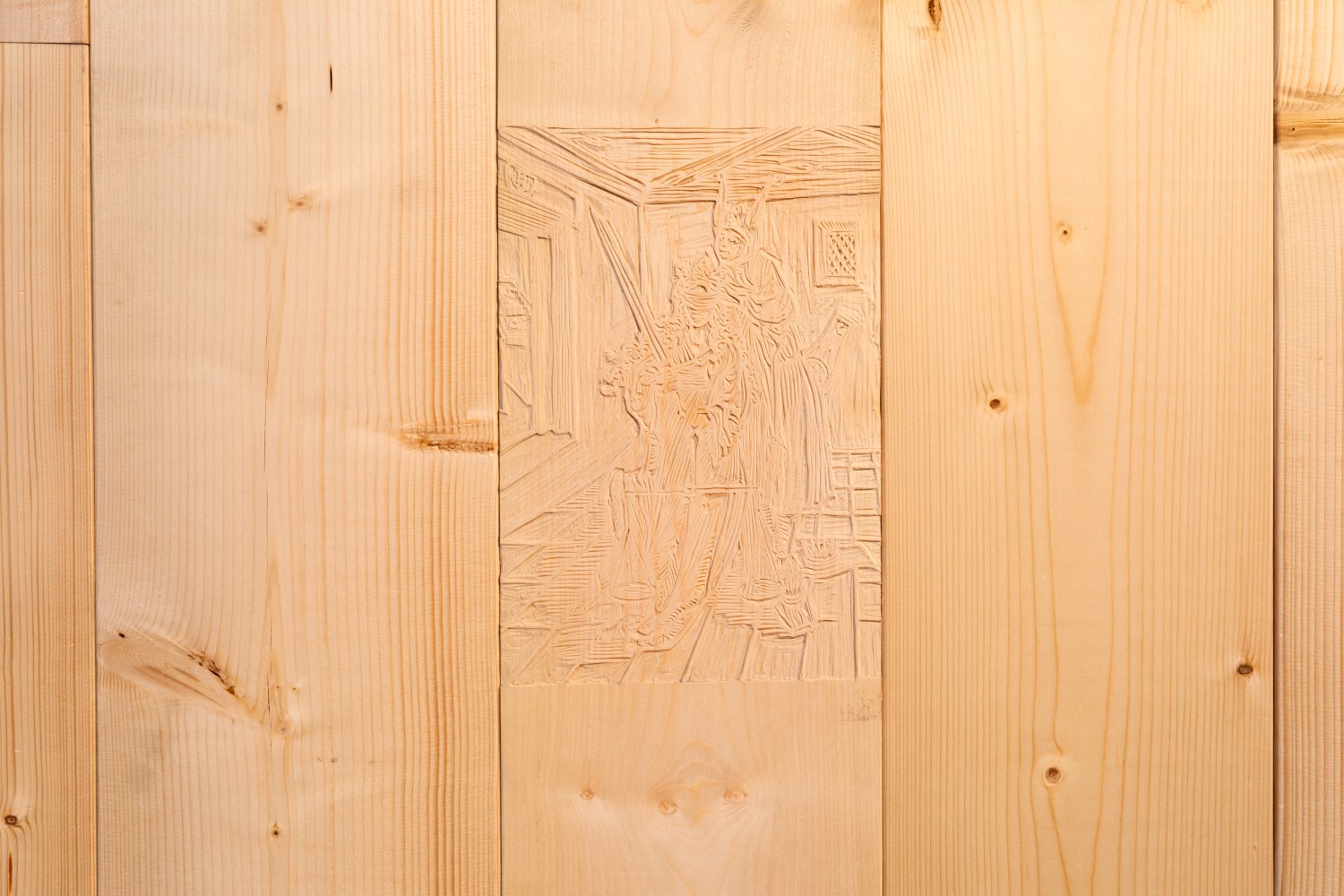
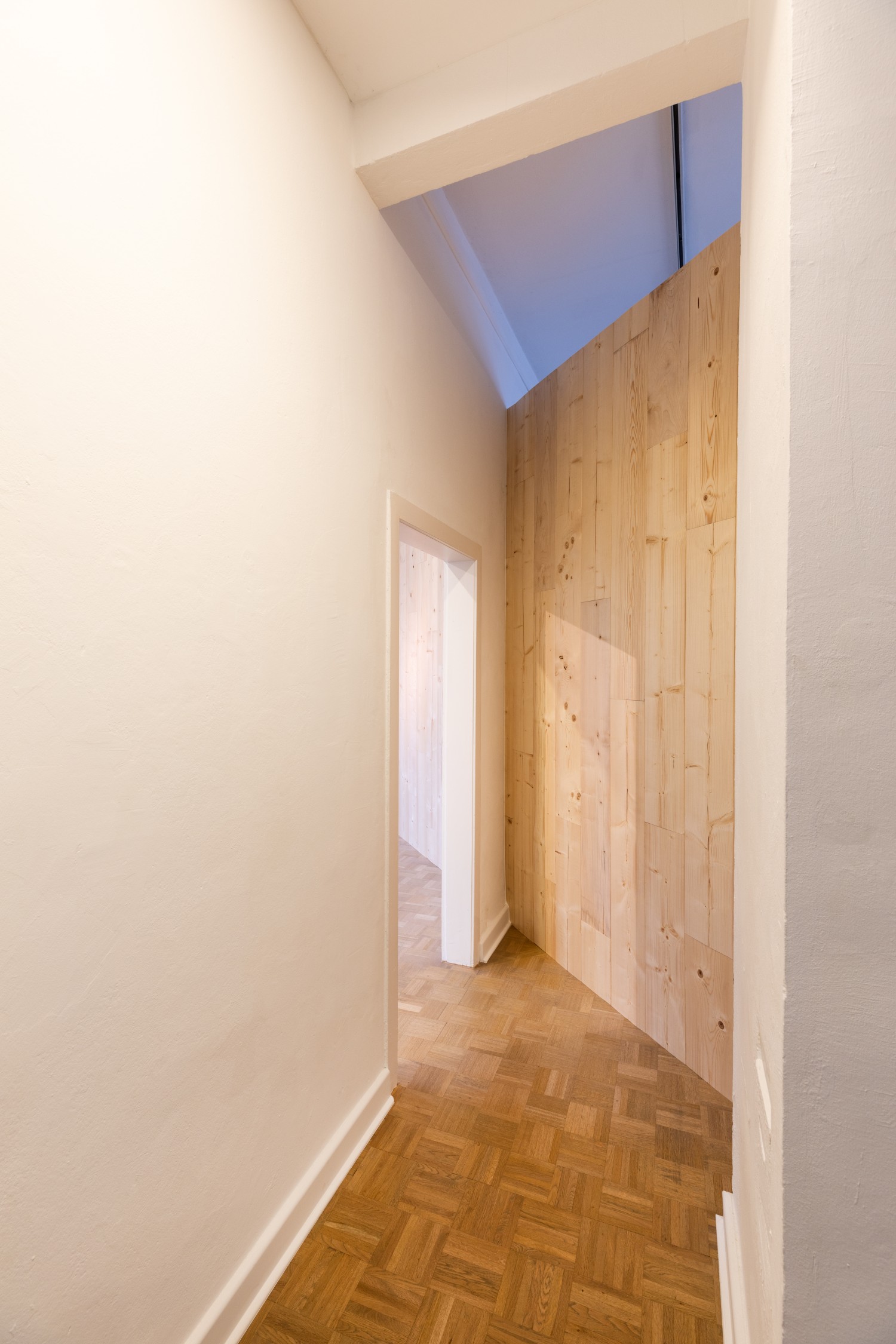
![Inga Danysz’s work “Remedies for Vertigo”, produced specifically for the exhibition Die Freiheit, die wir meinen (What we mean by freedom), is an installation which stretches across several floors of the Kunstverein, but which pushes back against the building’s existing architecture. The construction is made of individual glass tubes [pipes]: it begins as a funnel-shaped object on the ground floor, then continues up the stairwell to the first floor. Danysz’s design evokes a liquid flow moving against the force of gravity, whose passage is interrupted over and over again. An object thus emerges whose form has the appearance of a glass tube turned on its own axis. The accumulation of materials and residues inside the glass tubes form yet another constriction.](https://kunstverein-bielefeld.de/media/pages/exhibitions/die-freiheit-die-wir-meinen/2177413733-1715141536/fd39326-1500x.jpg)
![Inga Danysz’s work “Remedies for Vertigo”, produced specifically for the exhibition Die Freiheit, die wir meinen (What we mean by freedom), is an installation which stretches across several floors of the Kunstverein, but which pushes back against the building’s existing architecture. The construction is made of individual glass tubes [pipes]: it begins as a funnel-shaped object on the ground floor, then continues up the stairwell to the first floor. Danysz’s design evokes a liquid flow moving against the force of gravity, whose passage is interrupted over and over again. An object thus emerges whose form has the appearance of a glass tube turned on its own axis. The accumulation of materials and residues inside the glass tubes form yet another constriction.](https://kunstverein-bielefeld.de/media/pages/exhibitions/die-freiheit-die-wir-meinen/2881843382-1715141676/fd39374-1500x.jpg)
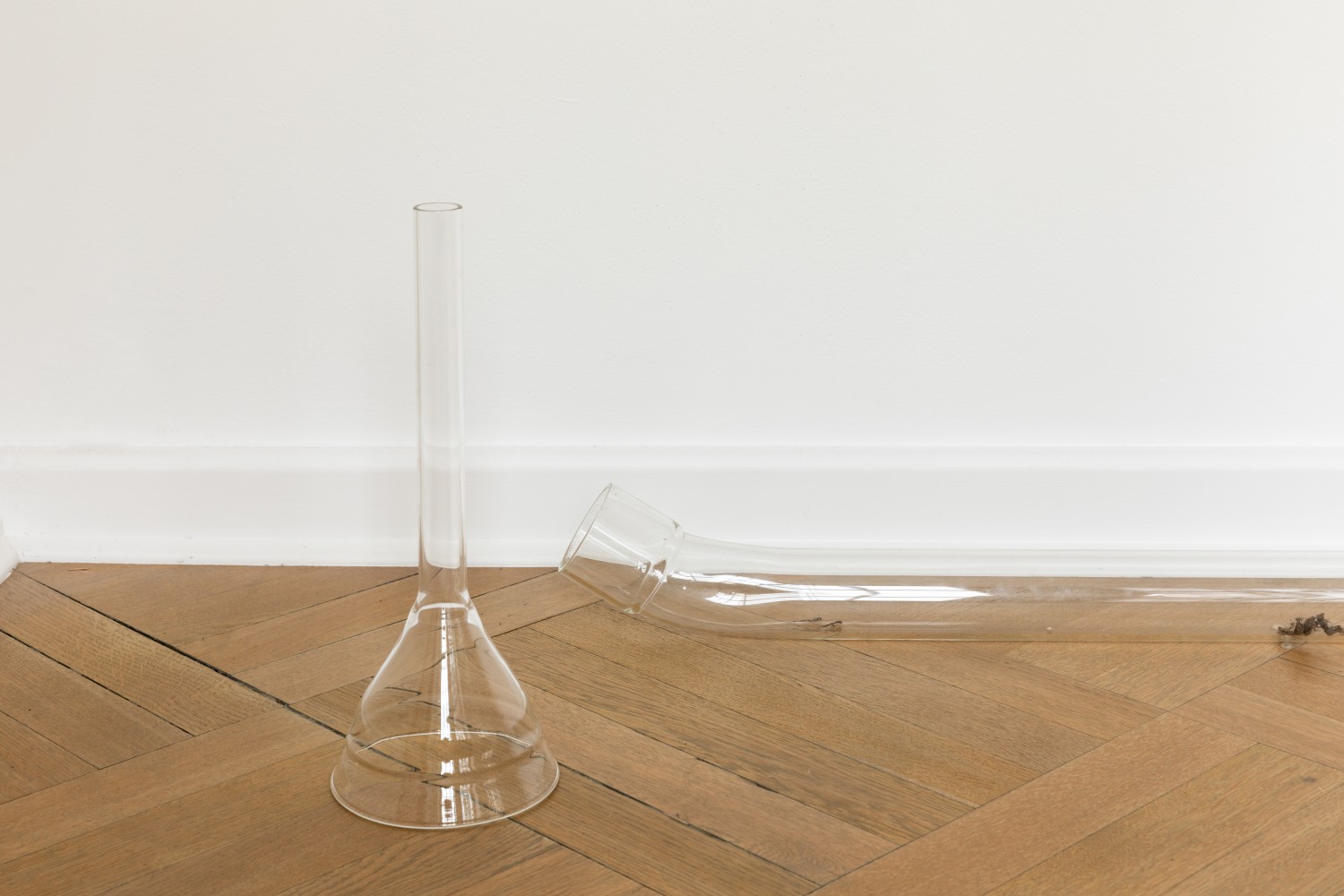
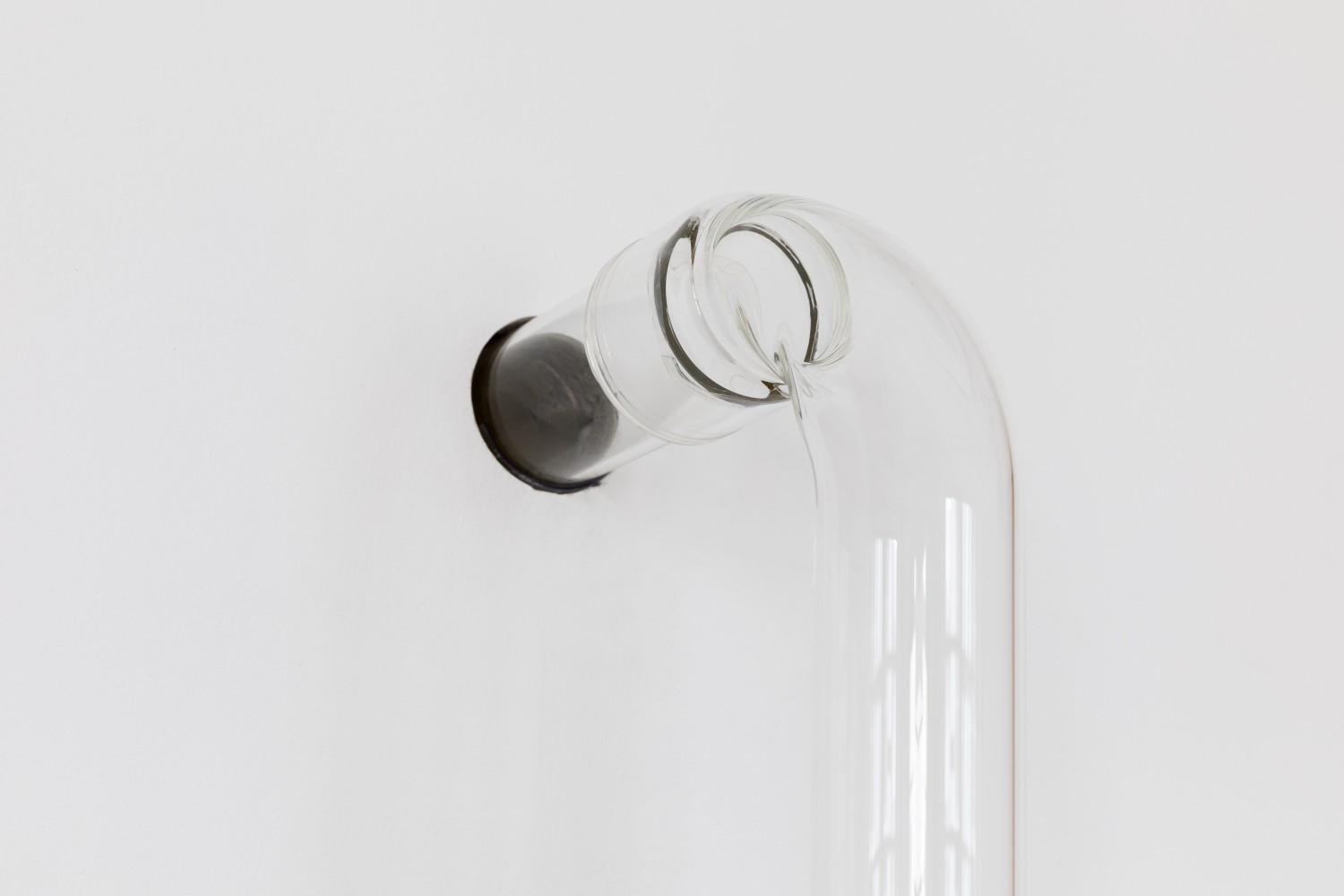
![Inga Danysz’s work “Remedies for Vertigo”, produced specifically for the exhibition Die Freiheit, die wir meinen (What we mean by freedom), is an installation which stretches across several floors of the Kunstverein, but which pushes back against the building’s existing architecture. The construction is made of individual glass tubes [pipes]: it begins as a funnel-shaped object on the ground floor, then continues up the stairwell to the first floor. Danysz’s design evokes a liquid flow moving against the force of gravity, whose passage is interrupted over and over again. An object thus emerges whose form has the appearance of a glass tube turned on its own axis. The accumulation of materials and residues inside the glass tubes form yet another constriction.](https://kunstverein-bielefeld.de/media/pages/exhibitions/die-freiheit-die-wir-meinen/2461011940-1715141615/fd39507-1500x.jpg)
![Inga Danysz’s work “Remedies for Vertigo”, produced specifically for the exhibition Die Freiheit, die wir meinen (What we mean by freedom), is an installation which stretches across several floors of the Kunstverein, but which pushes back against the building’s existing architecture. The construction is made of individual glass tubes [pipes]: it begins as a funnel-shaped object on the ground floor, then continues up the stairwell to the first floor. Danysz’s design evokes a liquid flow moving against the force of gravity, whose passage is interrupted over and over again. An object thus emerges whose form has the appearance of a glass tube turned on its own axis. The accumulation of materials and residues inside the glass tubes form yet another constriction.](https://kunstverein-bielefeld.de/media/pages/exhibitions/die-freiheit-die-wir-meinen/763408773-1715141595/fd39509-1500x.jpg)
